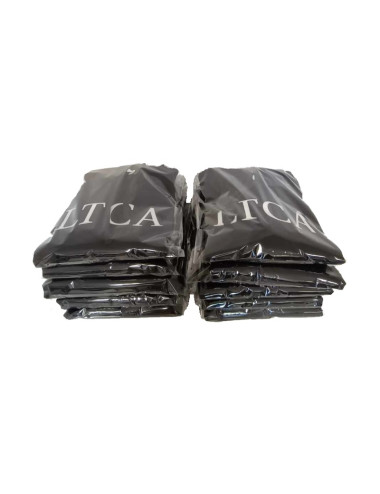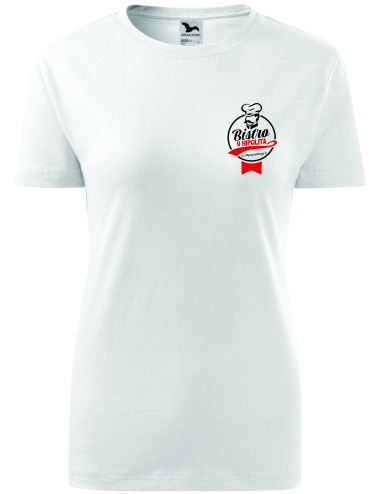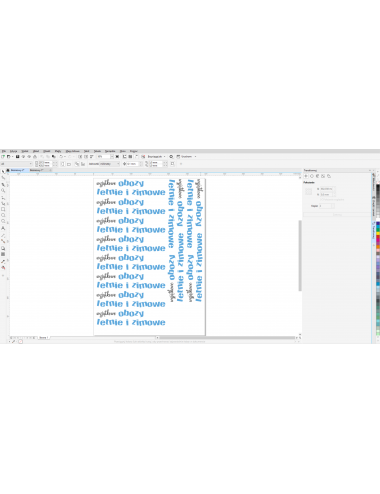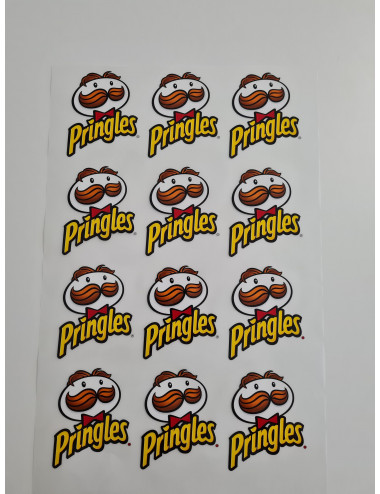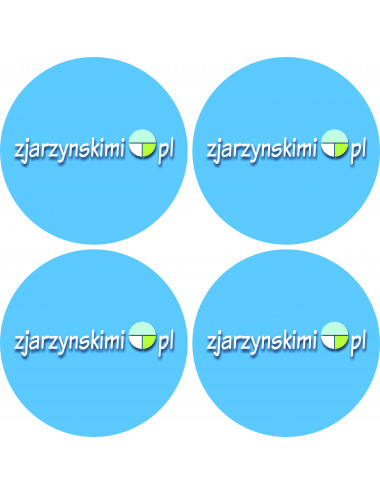(24)
€0.25
(
€1.34
tax incl.
)
(24)
€0.79
(
€4.24
tax incl.
)
(24)
€1.40
(
€7.47
tax incl.
)
(24)
€1.59
(
€8.49
tax incl.
)
